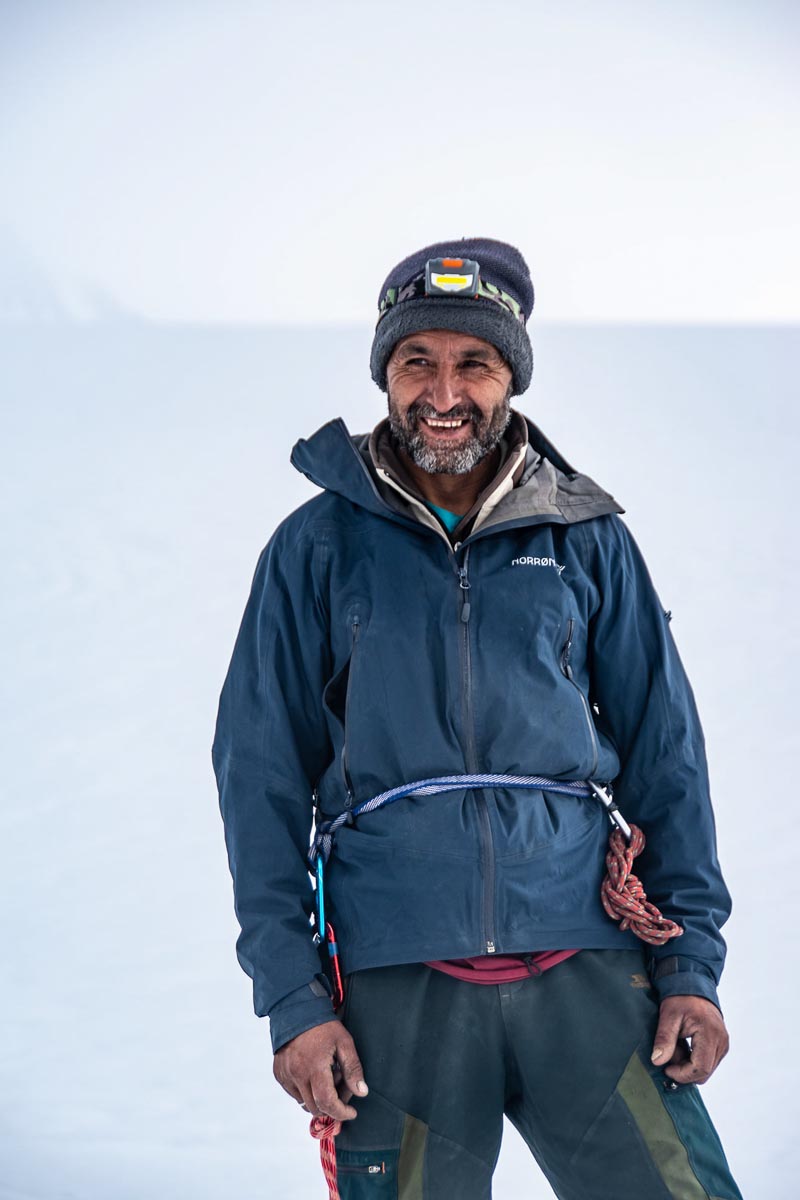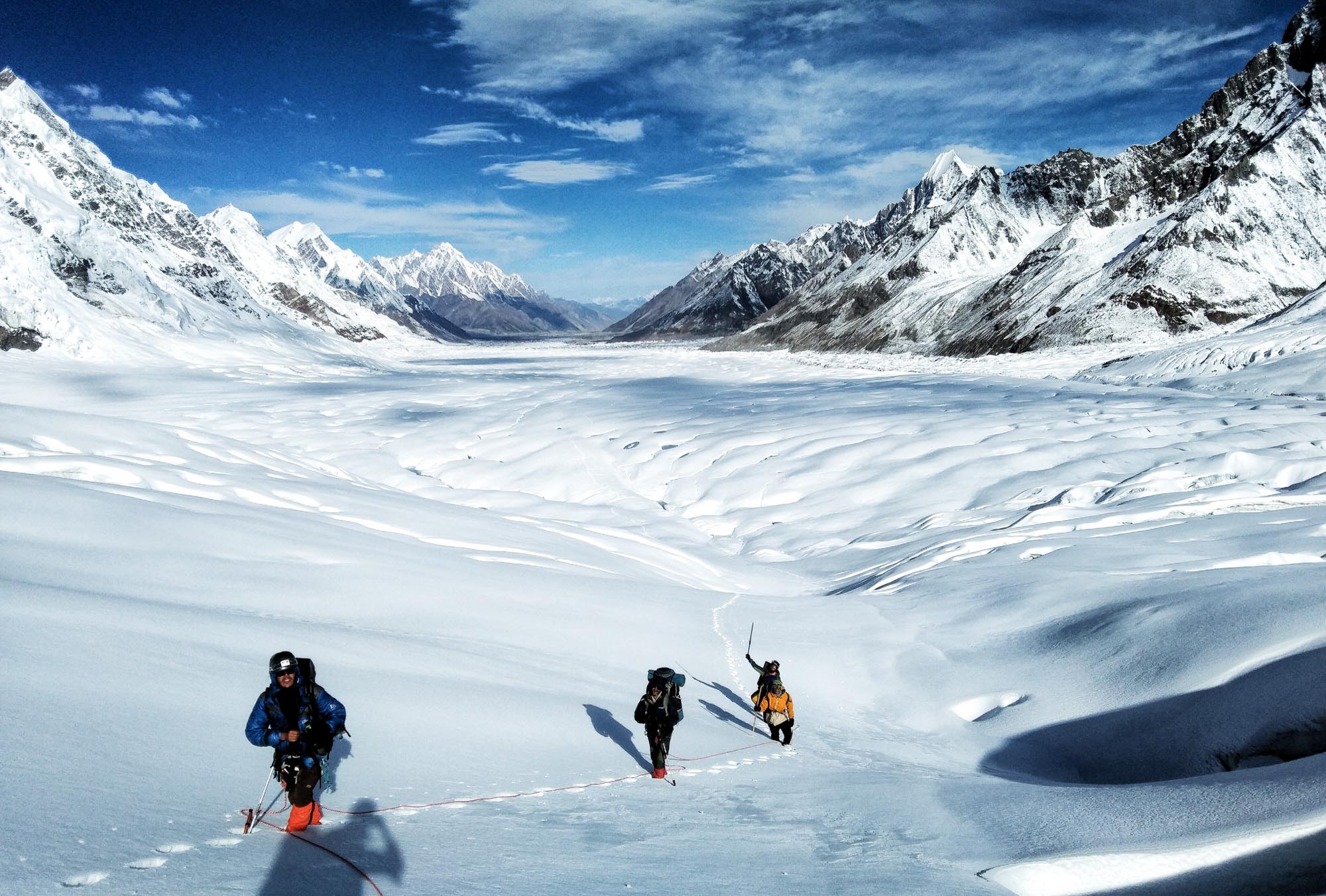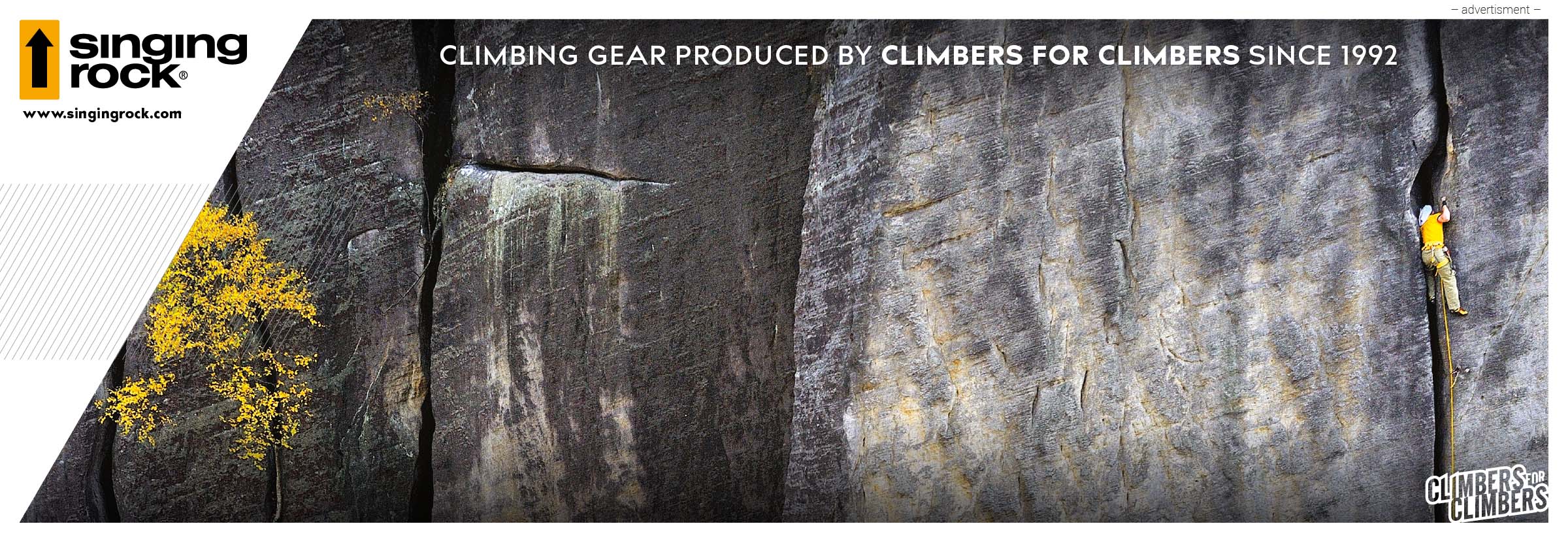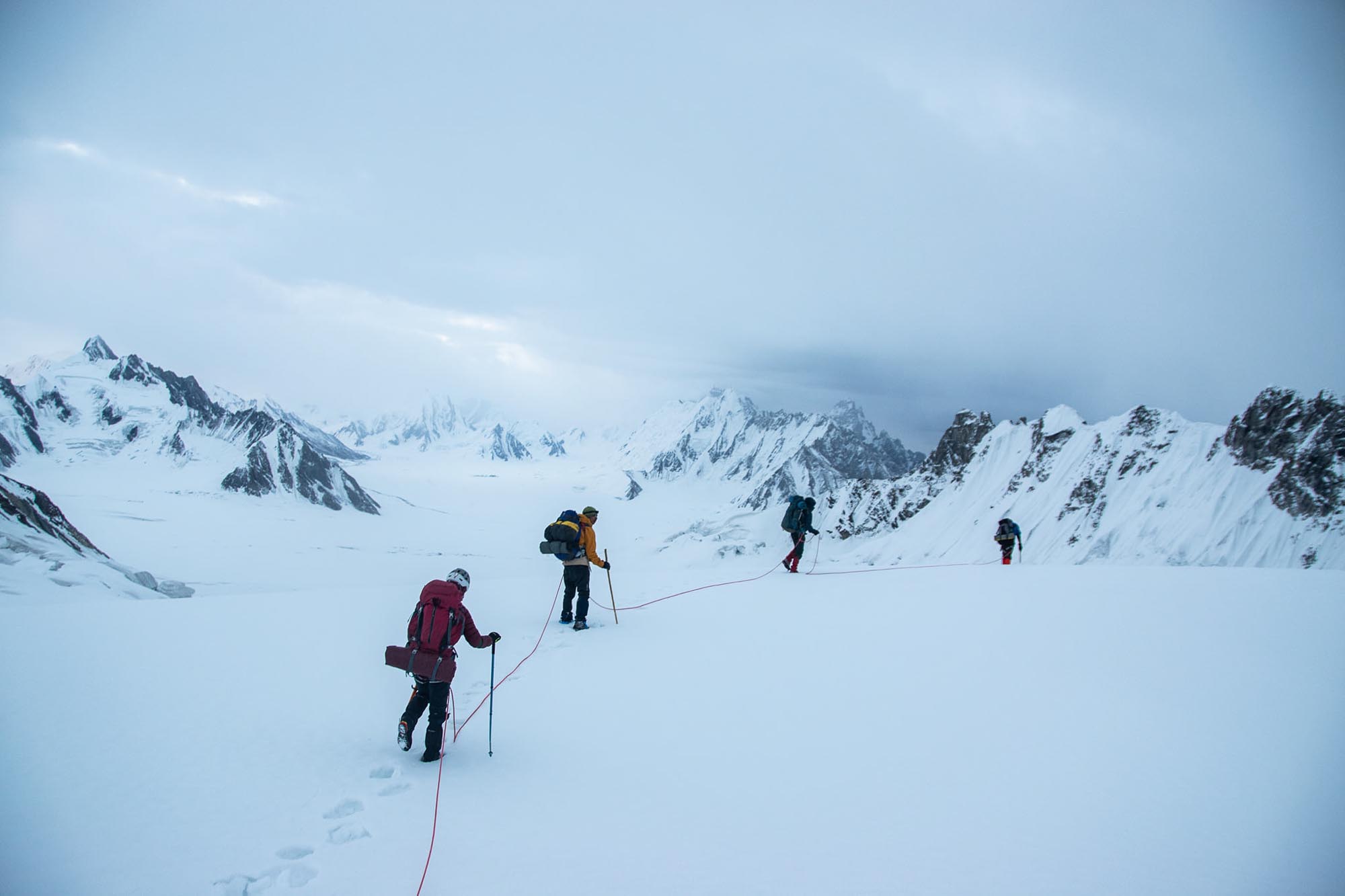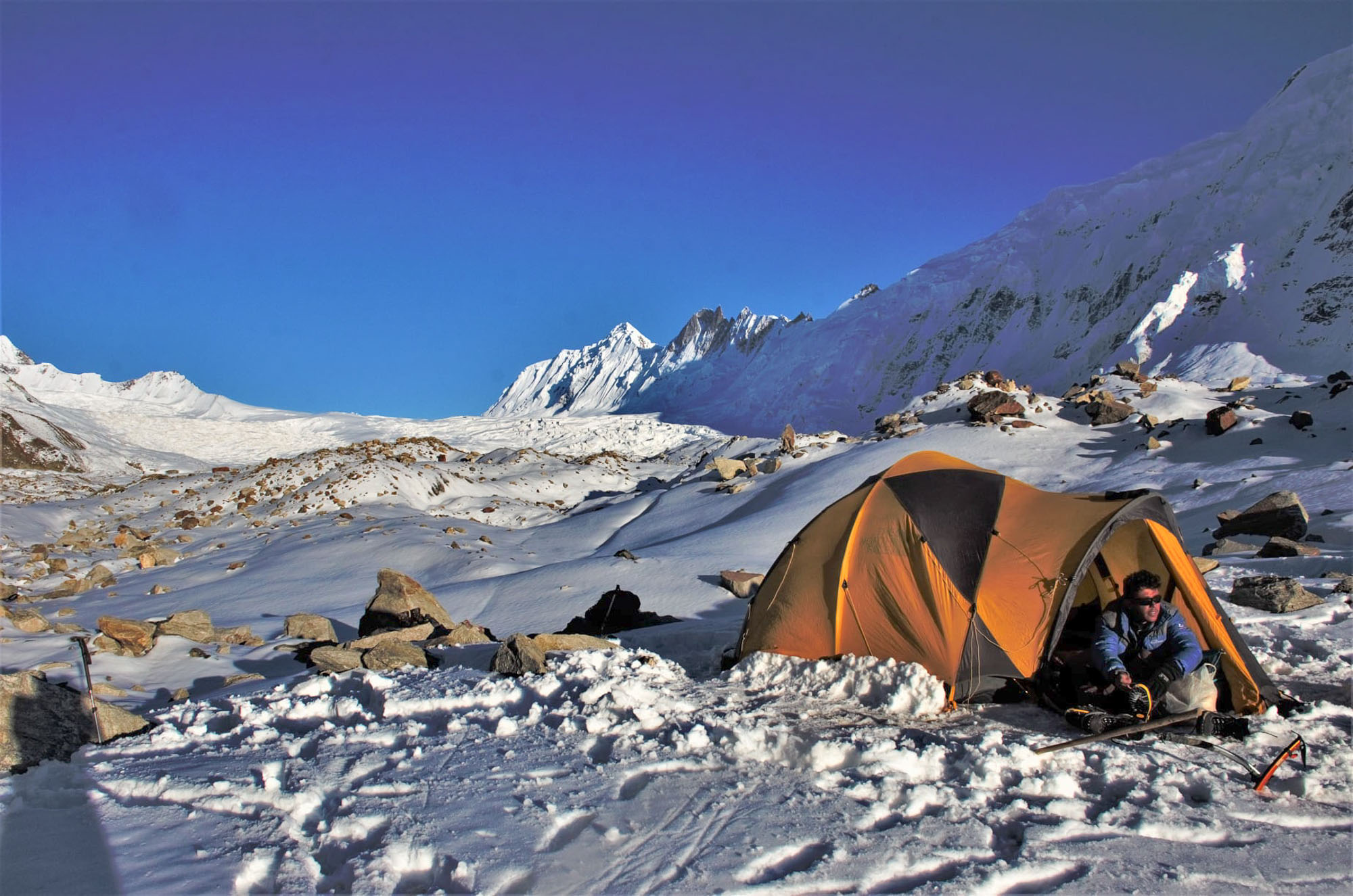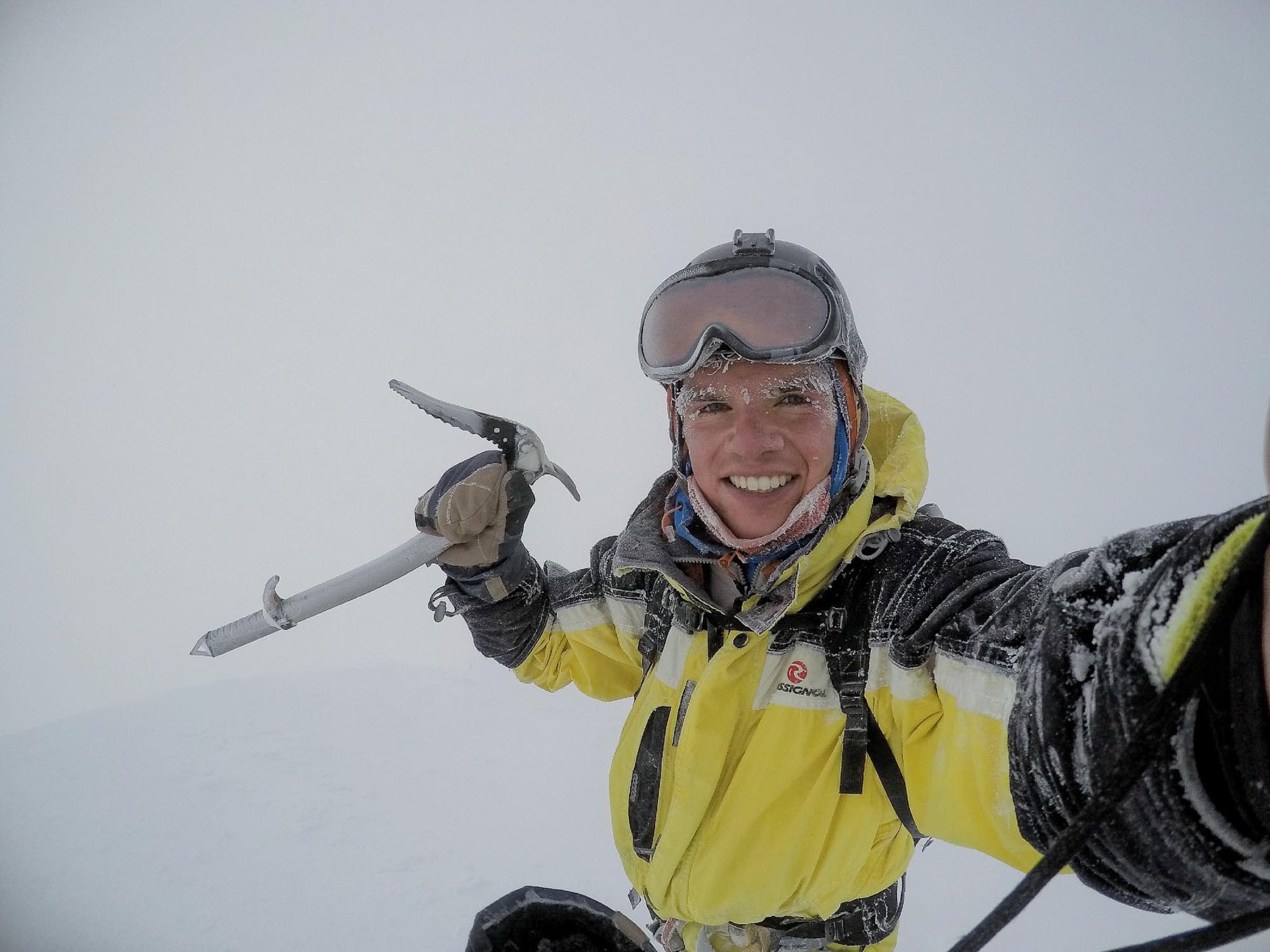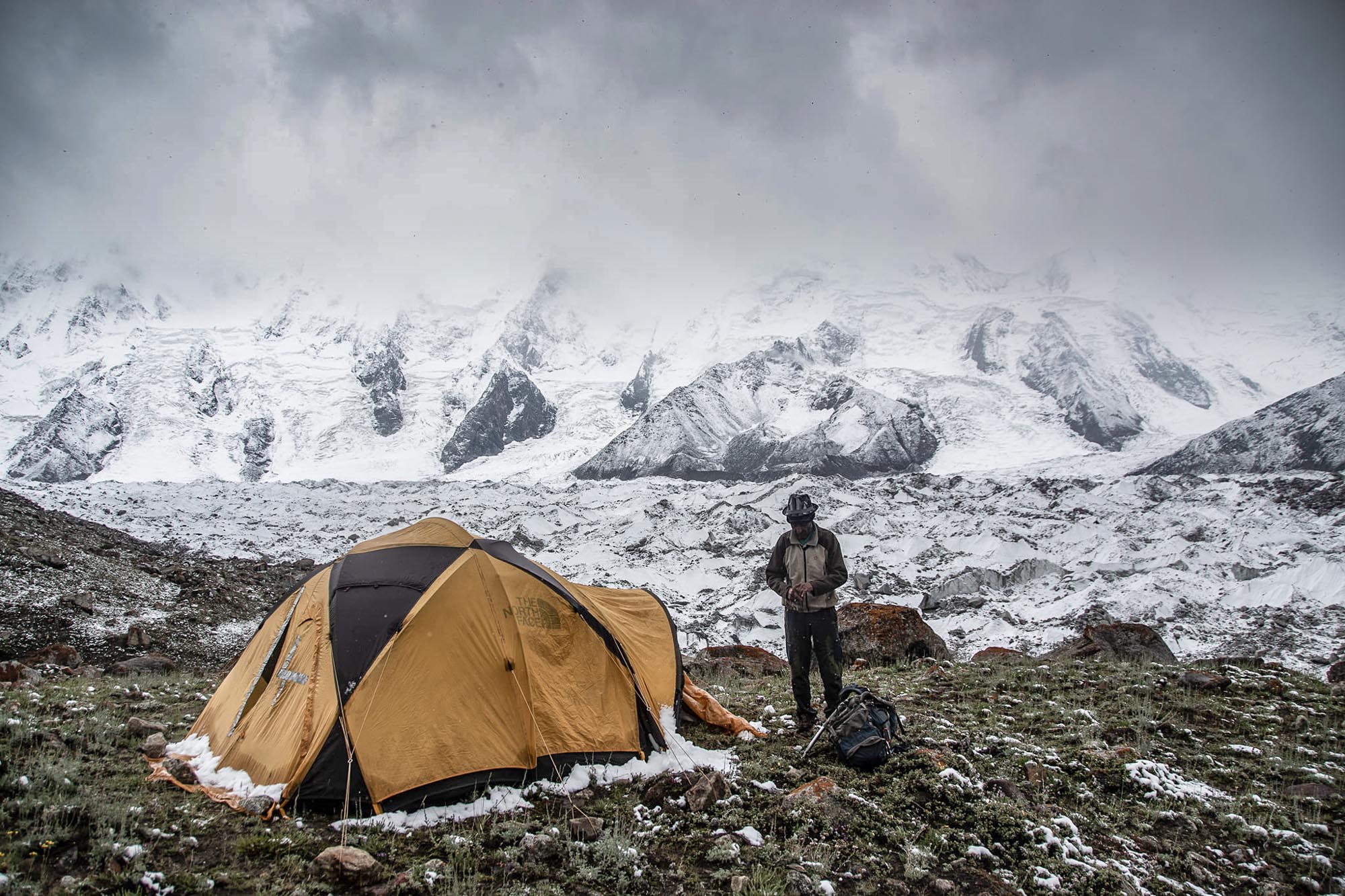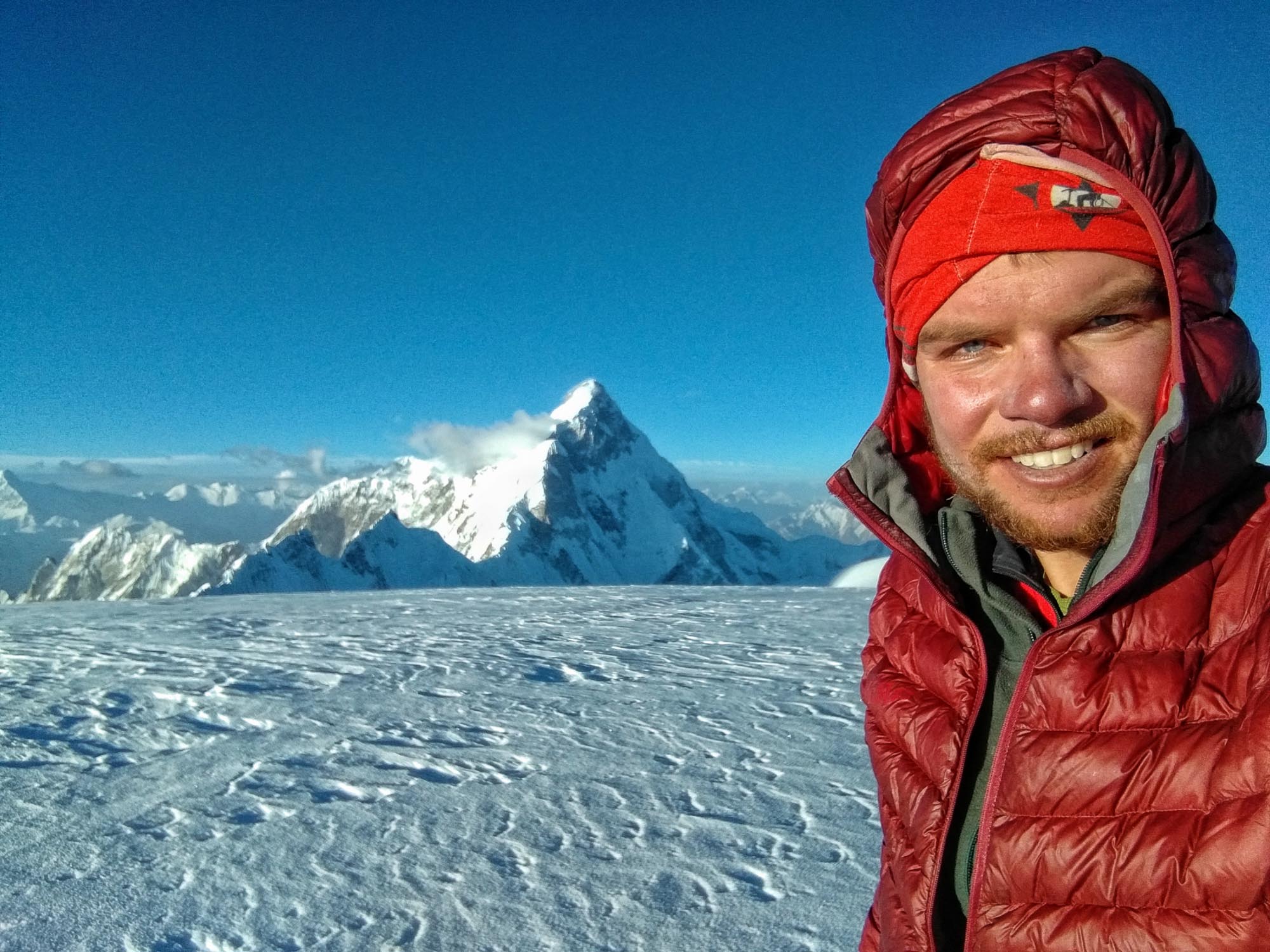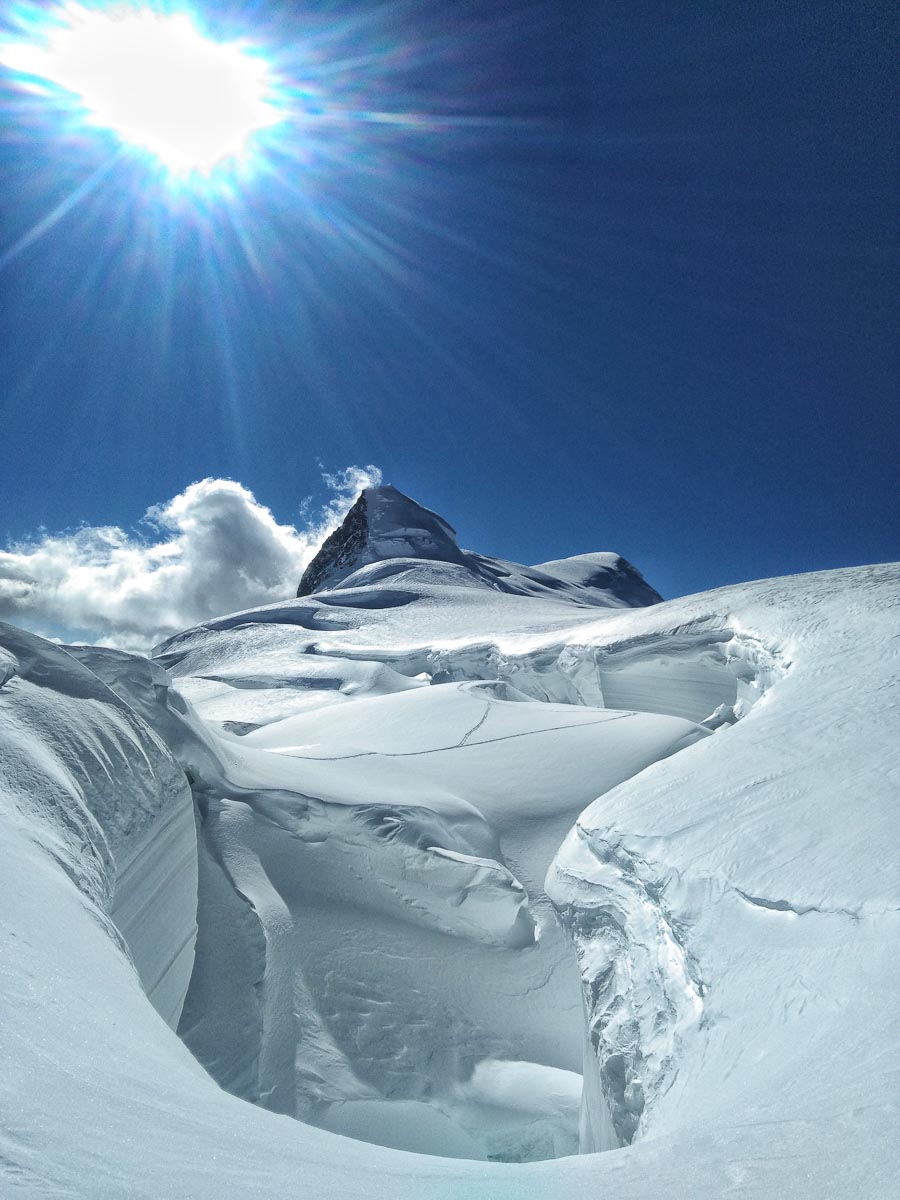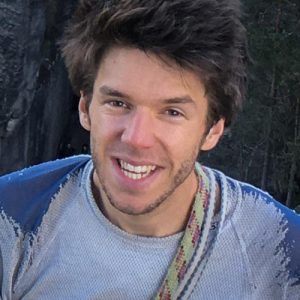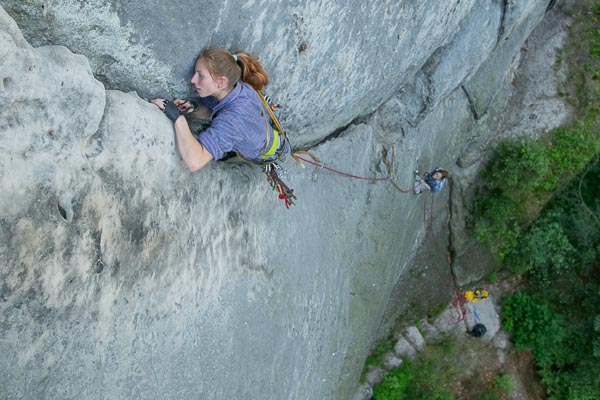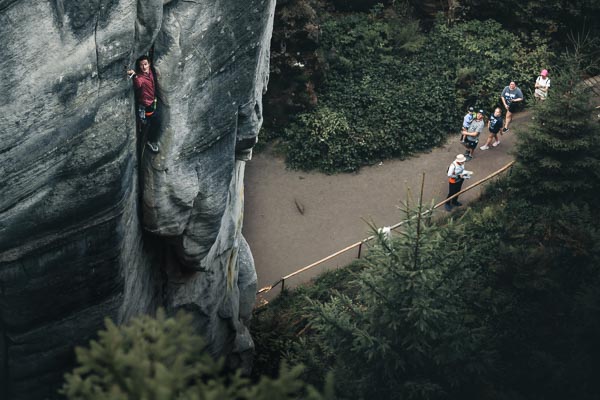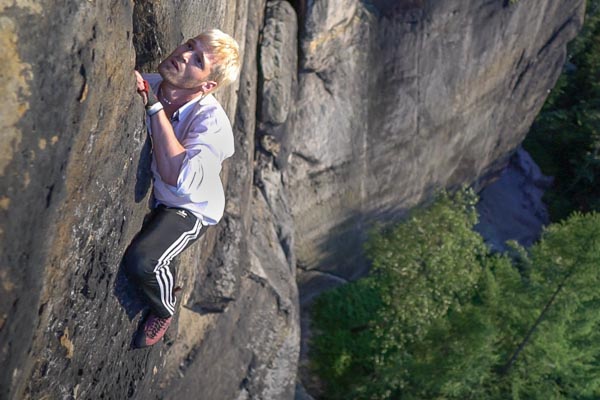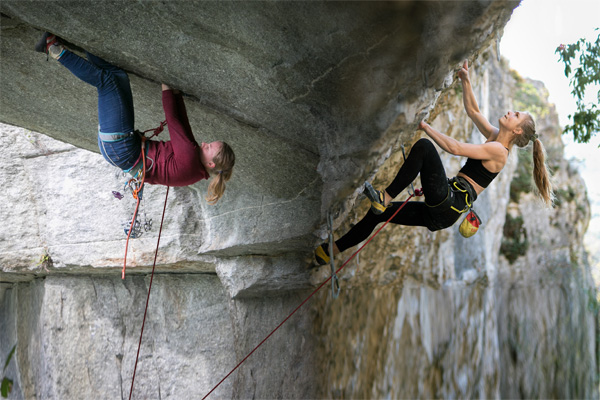JAMES PRICE
Unlike Europe, there is no cutting edge climbing gear or mountain rescue in Pakistan’s Karakoram. What the Pakistanis lack in equipment, however, they make up for in enthusiasm. Last year, James Price spent three months in the region: climbing big lines while teaching the locals basic technical skills.
The European climber reached Hunza alone, by bus, on the notorious Karakoram Highway. Here, he spent his time in remote villages sharing his knowledge and passion for the mountains with the locals. He gave out crampons, ice axes and ropes and taught glacier safety and rope techniques to young climbers and budding alpinists. There was no organisation funding his efforts, no sponsors – just hard earned savings.
During his stay in the Hunza Valley, James always kept an eye on the weather. When a promising weather window appeared, he took a break from teaching and ventured into the heart of the mountains. In this way he opened three new routes in completely unsupported alpine style: the North East Wall of Passu East 7295m (two and half weeks alone in the mountains), a first ascent of Passu North 6884m and the South ridge of Maidon Sar 6090 m.
In the printed version of the Montana magazine, Martin Stolárik and I always award our annual “Big Heart” prize: an award for climbers that made an impression on us due to their spark and attitude. It’s all about projects driven by pure motivation, without excessive promo, done in a small team and in alpine style. We have decided to give the 2021 “Big Heart” award to twenty-four-year-old James Price, for his inspirational climbs and philosophy on his Karakoram expedition.
James is a British Alpinist currently living in the French Alps where he enjoys working as a healthcare assistant in a nursing home.
WHEN MOUNTAINS CALL
Does your job allow you to take off to the mountains regularly?
My job’s certainly not easy, when I’m at work, I usually have long, intense days… and it can be a challenge to schedule climbing into my weekly routine. So I usually work winters to save up and then climb through the summer. The good news is there’s lots of work in the medical sector and it’s very easy to start up again.
Why did you choose Pakistan for the 2021 season?
I had already been to the Hunza valley in 2020 and during that first visit I made lots of friends, many of whom were keen to explore the mountains. Some of them were already working as mountain guides or porters but no one had proper equipment or knowledge in rope techniques and glacier safety. So I decided to return with some equipment from France, and try and teach some of the basics: using ropes and just generally moving around the mountains in a safer way.
So the locals are interested in climbing the mountains?
Yes! In recent years there has been a big shift to venture into the mountains for leisure. Especially amongst young people, who no longer view the mountains as just a means to make money (hunting, mining, guiding and portering) but also as a place to explore and enjoy. They’re excited! During my time there I was able to climb some five and six thousand meter peaks with the young locals. An amazing experience for them and for me.
How do the young Pakistani climbers move around in the mountains? Are they agile?
For climbing, they have incredible potential: they are gifted physically and have a very good respect for the mountains and nature. I think we’ll have plenty of strong, good climbers coming from Pakistan on the scene pretty soon. Some of the locals have also tried making skis and snowboards with planks of wood to make the most of the winter snow fall.
PAKISTAN VS. FRANCE
Where exactly did you stay?
I was based in the valley of Hunza, which offers good access to a number of exceptional climbing valleys. There are two main towns here (Aliabad and Karimabad), otherwise its mostly villages.
Did you have any sort of “base camp”?
I mostly stays with friends in Aliabad. But its very easy to find guest houses and small hostels all through the valley.
How did you get there from Islamabad?
I like taking the public transport, so usually just take a bus or hitch a ride from Islamabad. It takes a good day to reach the mountains by bus (sometimes longer if the road is blocked). It’s a beautiful route and always a memorable experience!
What about safety? How does Pakistan compare with India, Nepal and other countries in the area?
Pakistan is one of the most peaceful and safest countries I’ve ever been to. Especially in the mountains. I actually think its safer than most European countries. It’s so sad that we remember Pakistan with a legacy of violence and instability, this is certainly not the case today.
PERMITS AND RED TAPE
How does it work with climbing permits in Pakistan?
It’s very dependent on the valley you are climbing in. Permits are arranged by the Ministry of Tourism but you also have to check in with the local villages before hand. Rules seem to change year on year, some areas open and some close. Sometimes its best just to close your eyes and hope for the best.
So you agree with the philosophy of Wojciech Kurtyka? Keeping papers and permits to a minimum?
Yes, I am quite against the permit and fee paying system of climbing mountains. How can something so majestic belong to anyone one person? How can you put a price on a mountain? It is something to be enjoyed and shared by everyone.
“How can you put a price on a mountain? It is something to be enjoyed and shared by everyone.”
What was the weather like?
The main climbing season for the Karakoram is June through to September. But at the height of summer there can be immense temperature variations between day and night, from almost 15degrees at 6000 meters during the day, down to minus 20 at night. This can lead to quite dangerous conditions with many gigantic avalanches and serac collapse. Weather windows also seem to be quite unpredictable and afternoon storms are common. I had to do lots of climbing at night time.
Most of the summits I climbed in July and August had to be done fast and light. Mostly four to five days ascents, in which I tried to make the best out of the rather short weather windows. September, however, brought cooler days and ideal climbing conditions. So perhaps late summer and early autumn would be better season for alpinism, but I have also found good conditions in the late spring.
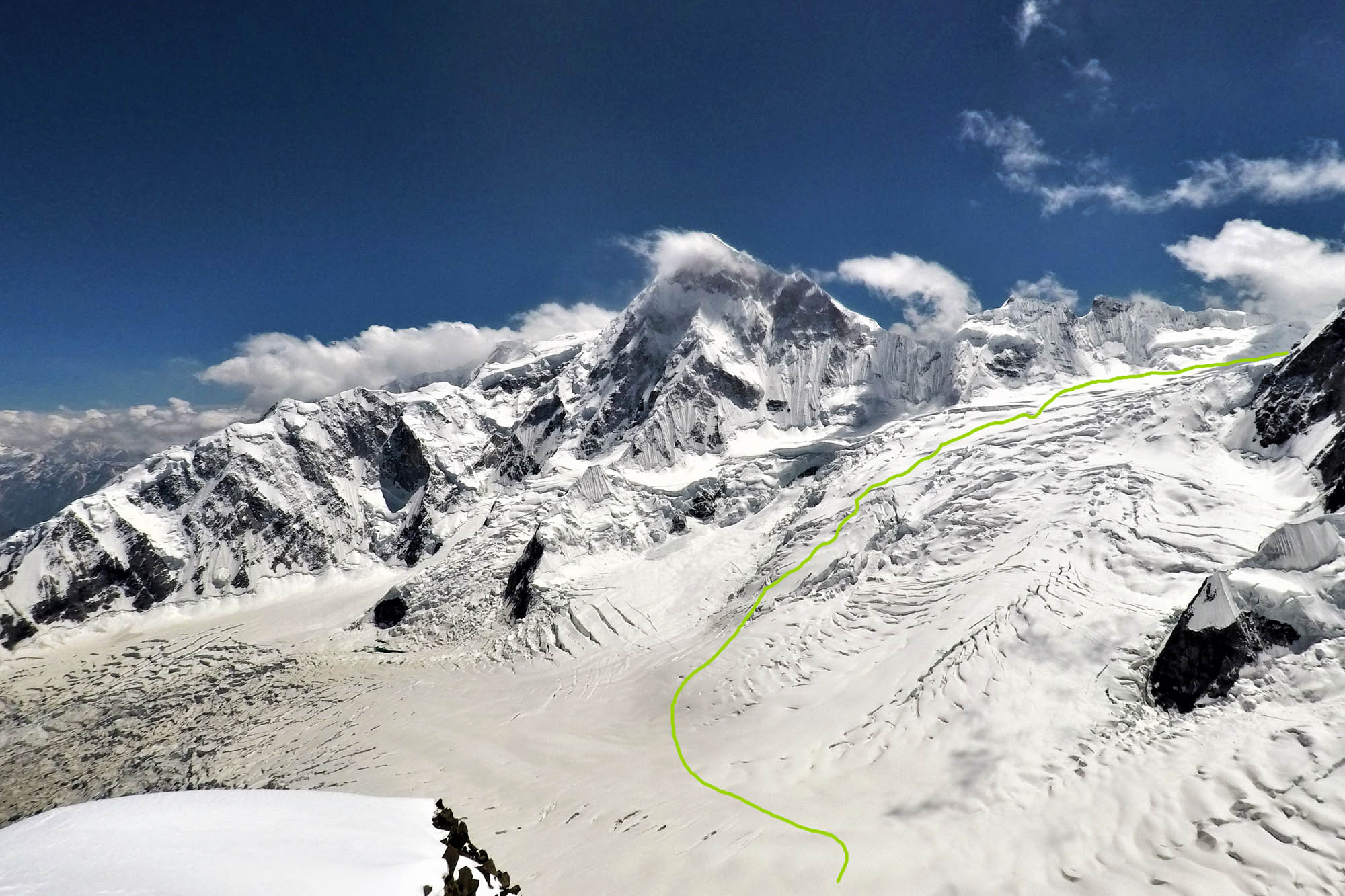
WINDING THROUGH CREVASSES
Which of these three ascents do you value the most?
Each climb was a very different experience. The south ridge of Maidon Sar (6090m) was the most technical – and also atmospheric pinnacle. A beautiful rock ridge for 1200 meters of elevation… Amazing experience.
Passu East (7295 m.a.s.l.) was not technical but just phenomenal experience. I spent two and half weeks alone on the mountain. I was super lucky with the weather. On the other hand, I had no idea how to get to the summit at first. It was only climbed by one team 30 years ago, so there was almost no information. Nobody has skied the mountain before… And skiing from seven thousand meters all the way to the valley was one of the most special experiences I’ve ever had.
You could ski all the way down?You didn’t have to abseil, climb down walls…
There were some crevasses I had to cross – a few technical bits, but apart from that, it was a pretty solid slope all the way to the valley.
What about these crevasses?
I spend a lot of time preparing and looking for solutions to different crevasse problems. This is particularly important for solo climbers where classic rope techniques need to be modified. Finding a good route and moving at night when temperatures are cool is very important. So are various rope techniques which can be used to secure delicate traverses. In the last few years I have also worked on various crevasse safety systems.
What exactly is that?
These are long poles that I fix to my harness to help catch me in case of a fall into a crevasse. The poles are made of carbon fiber and measure between 3m and 4m. I attach a single pole to various points on my harness and choose the orientation of the pole to keep it at a right angle to the crevasses. Should you fall into a crevasse the intention is for the device to bridge the crevasse and and prevent you falling more than waist deep. This is an extra security that I can also use when traveling with people who are not so confident with crevasse rescue.
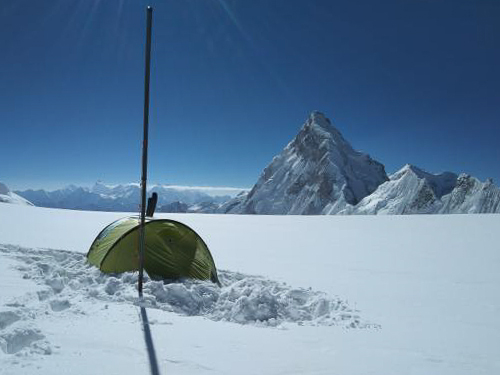
Are you using some kind of satellite phones in these remote place, or are you just on your own?
I don’t use a satellite phone but I do have an emergency beacon that can send a distress signal with my location. I also don’t spend that much time in the mountains compared with normal expeditions so getting regular updates and speaking to family are less of an issue. Being acclimatised and moving solo I can climb quite quick. I check the weather before leaving the valley… Once there is a week or two of relatively stable conditions, I immediately set out and make it back in time.
Concerning technology, I also use GPS watch, which records my route and can help me backtrack later. I have a phone but there’s no signal anyway so I keep it turned off or and just occasionally turn it on to take some photos.
PURE AND CALM
How does it feel – spending two weeks up there, not meeting a single soul.Is this the experience you seek high in the mountains?
It’s simple, it’s pure. You go up and there’s nothing else but you and the mountain. You have to manage different factors and find different solutions, its a very creative experience. I find myself in my own little bubble just taking things day by day. It’s very easy… there’s none of the distractions we’ve produced in today’s society. Watching those amazing sunrises and sunsets, you really appreciate the beauty of the world we live in. For me, reaching the summit has little to do with the experience and I am just as happy on climbs were I turn back (which happens a lot!). It’s pure happiness!
Do you consider yourself acting rationally or relying on intuition?
I think that with experience and time spent in the mountains, your decision making abilities improve and you become more rational. You get better at creating a “bubble” which allows you to manage factors such as fear or fatigue which can have a big impact on your decision making process. Even in tense situations I try to stay calm and rational. But it’s also important to respect the unpredictability of nature.
This summer in Pakistan, did you find yourself in any dangerous situations?
Yes, when I attempted a rare repeat of Ladyfinger peak (6000m). I started early from a camp on the Shishpar glacier and climbed 1400m on 60° ice to reach 5800m by daybreak. However, caught out by the power of the Karakoram sun I watched as ice turned to water; I was climbing in a waterfall, with blocks of ice hurtling by. With few options I carved a small hole into the glacier and took shelter for the day. Then, with no food and no bivvy gear, I turned around just 200m below the summit.
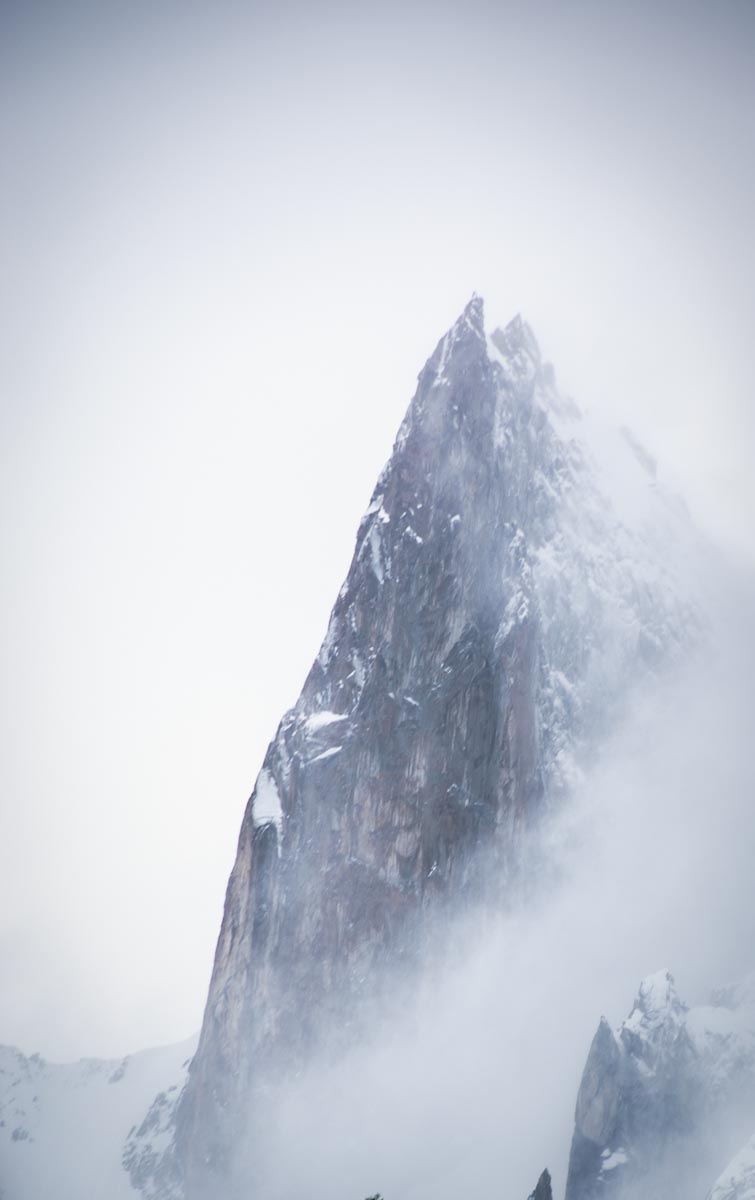
What do your parents think about such adventures?
I think they’re always a bit worried about me… But at the same time, they support me. I’m always getting nice messages from them before setting out on a climb. They wish me luck. I hope that they’re happy about me doing stuff I love. But I know it must be hard for them.
Was it them who had shown you the world of the mountains and climbing?
My parents have never been climbers. But they liked camping and some hiking… I discovered climbing later.
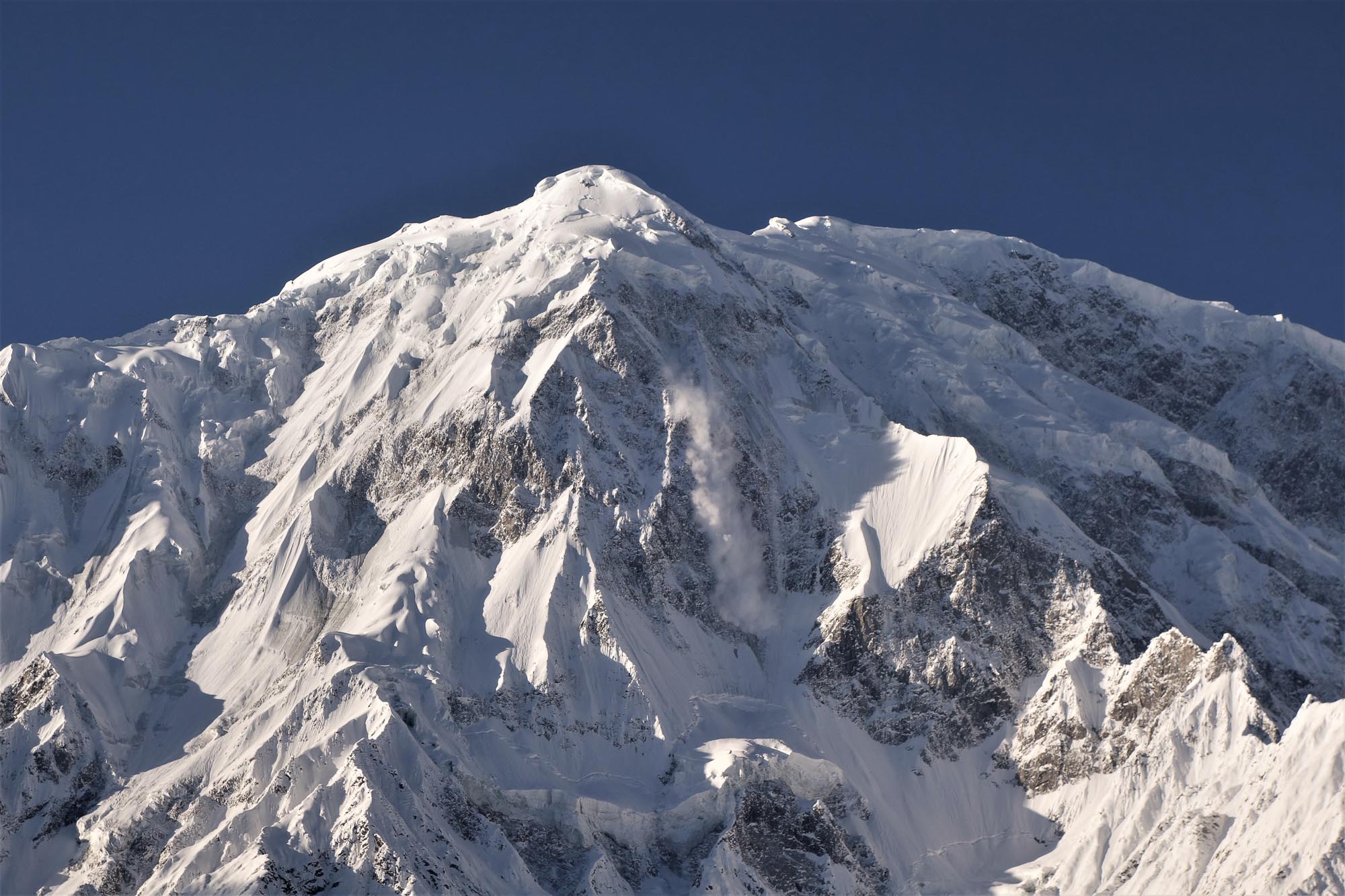
TWENTY DAYS IN A BACKPACK
What did you carry in your backpack on your ascent of Passu East?
Most of it was food – you need plenty for two and half weeks. Otherwise just climbing gear, camping gear and lots of warm clothes. During my climb, I was able to pick up a few supplies from a small stash I had made on the Passu glacier during my previous expedition to Maidon Sar. Climbing equipment, I just take a light harness, couple of carabiners and slings, ice-screws and a tag line for abseils. I’ve tried shedding as much weight as possible on each piece of my equipment.
What did you eat?
Plenty of nuts, dried food… Noodles for dinner, oats for breakfast… I buy everything locally so have to adapt from what I would normally take. But they have lots of tasty almonds, walnuts and dried apricots. There is also a dried local cheese called Kurut which is very tasty in a soup!
I’ve heard you’d like to make a traverse of the Batura Wall one day…(This is a long ridge consisting of several seven-thousand-meter summits, including Muchu Chhish 7453 m which remains the highest unclimbed peak in the world.)Is that a solo-project, or are you looking for partners?
Yes, this traverse would be a dream come true. When I attempted this year I turned back at 7000m as I was too cold to continue and spend the night at even higher altitude. Frustrating because conditions were very good and I wasn’t very far from the summit. My toes and fingers are important to me! So yeah, I guess I just need to invest in a good down jacket, proper tent and 4 season sleeping bag. Then see what happens.
I would definitely be keen to share this project with someone. But I find it hard to find partners… I like to take my time climbing and would rather wait 3 months for ideal conditions than rush when it doesn’t feel right. It is a very committing climb. It’s quite hard to find friends willing to take long periods away from work.
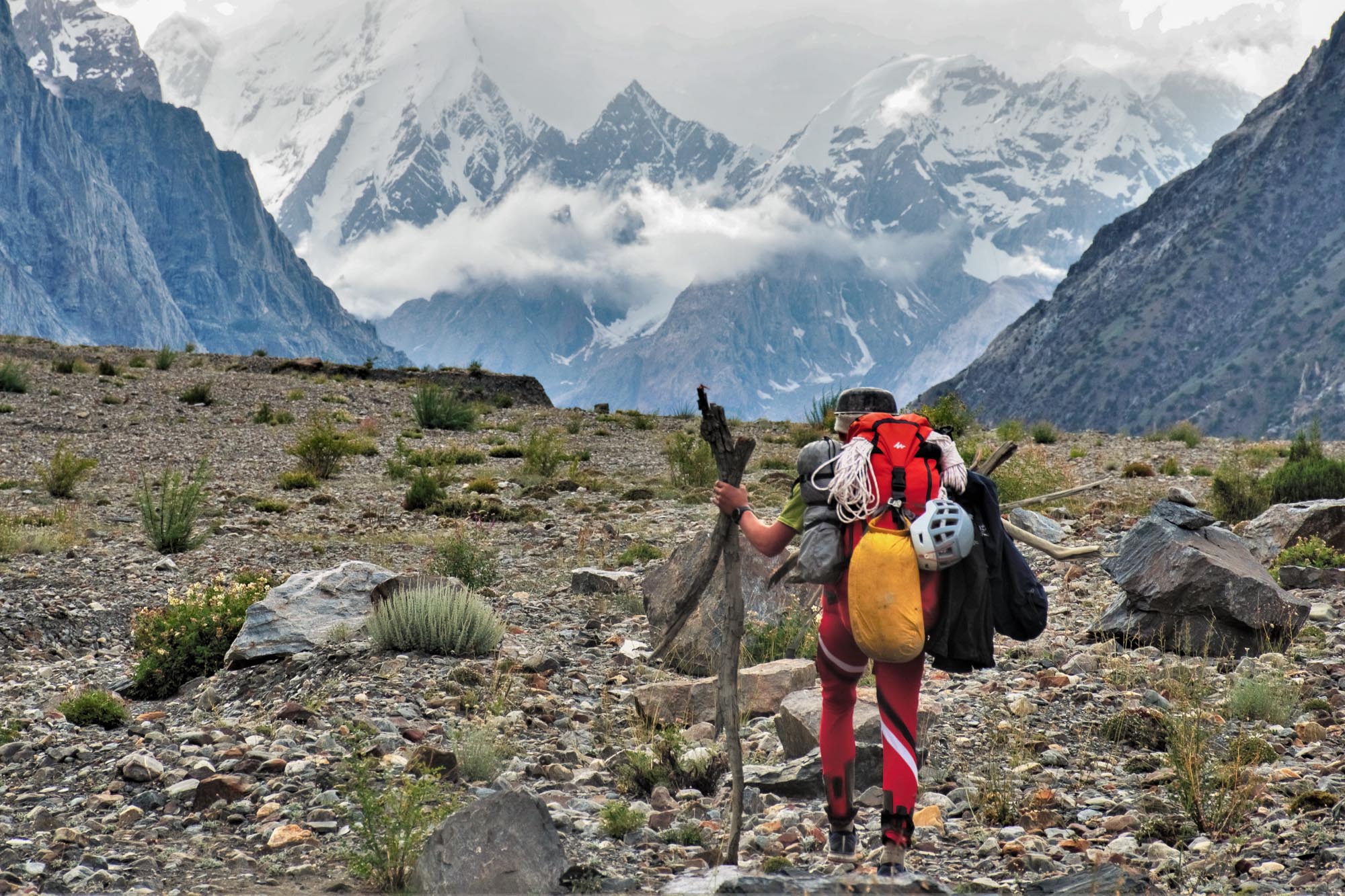
How important is climbing alpine style for you?
It’s not so much about the style of climbing but just going out there and having an adventure. That being said, it’s definitely interesting to discuss what ‘Alpine Style’ actually means.
I guess for me, Alpinism is the sport of climbing a mountain by ones own means: no guides, no porters, rope fixing, big base camps etc. It’s a very minimalist approach to climbing which is often misused in the Greater Ranges. I see so many expeditions who climb ‘Alpine Style’ but then employ dozens of porters and guides to fix base camps already high up on glaciers, sometimes 5000m high. Yes you get to the summit but it’s the combined effort of many people that gets you there. Is this really ‘Alpine Style’?
“For me alpine style is unsupported climbing from the last point of civilisation.”
.
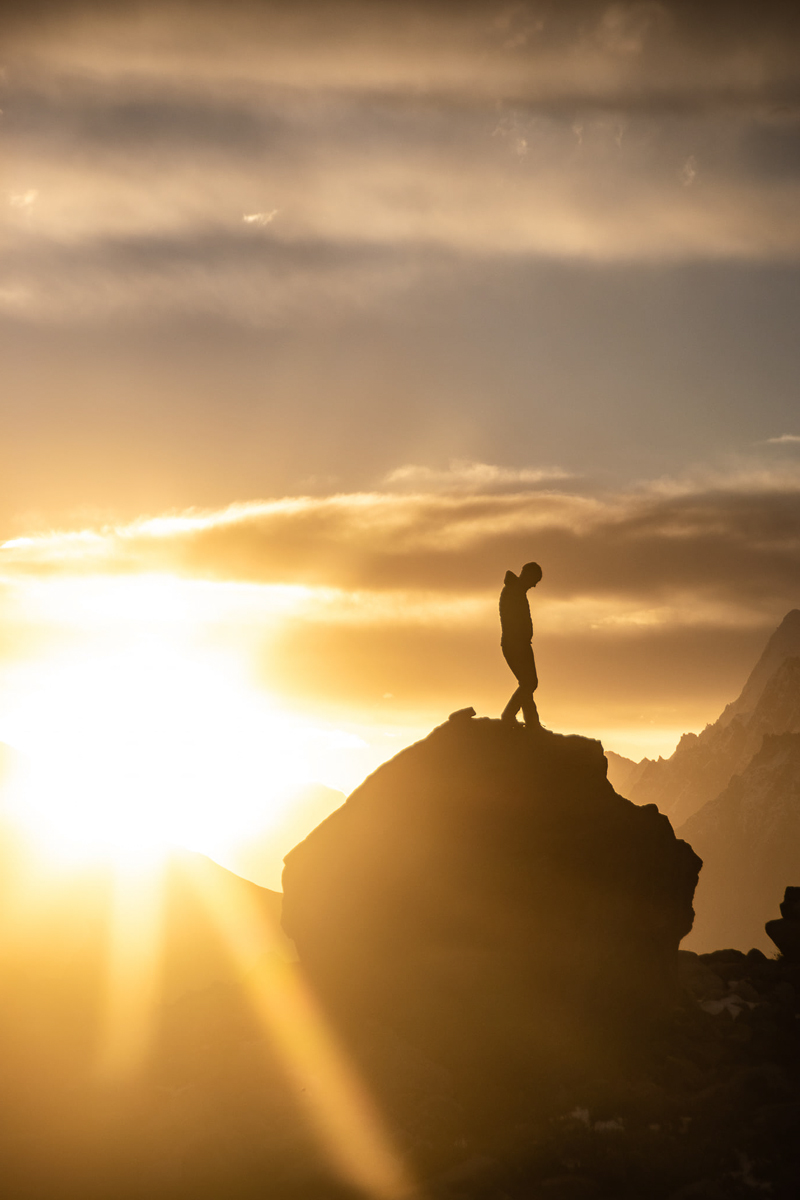
__________

